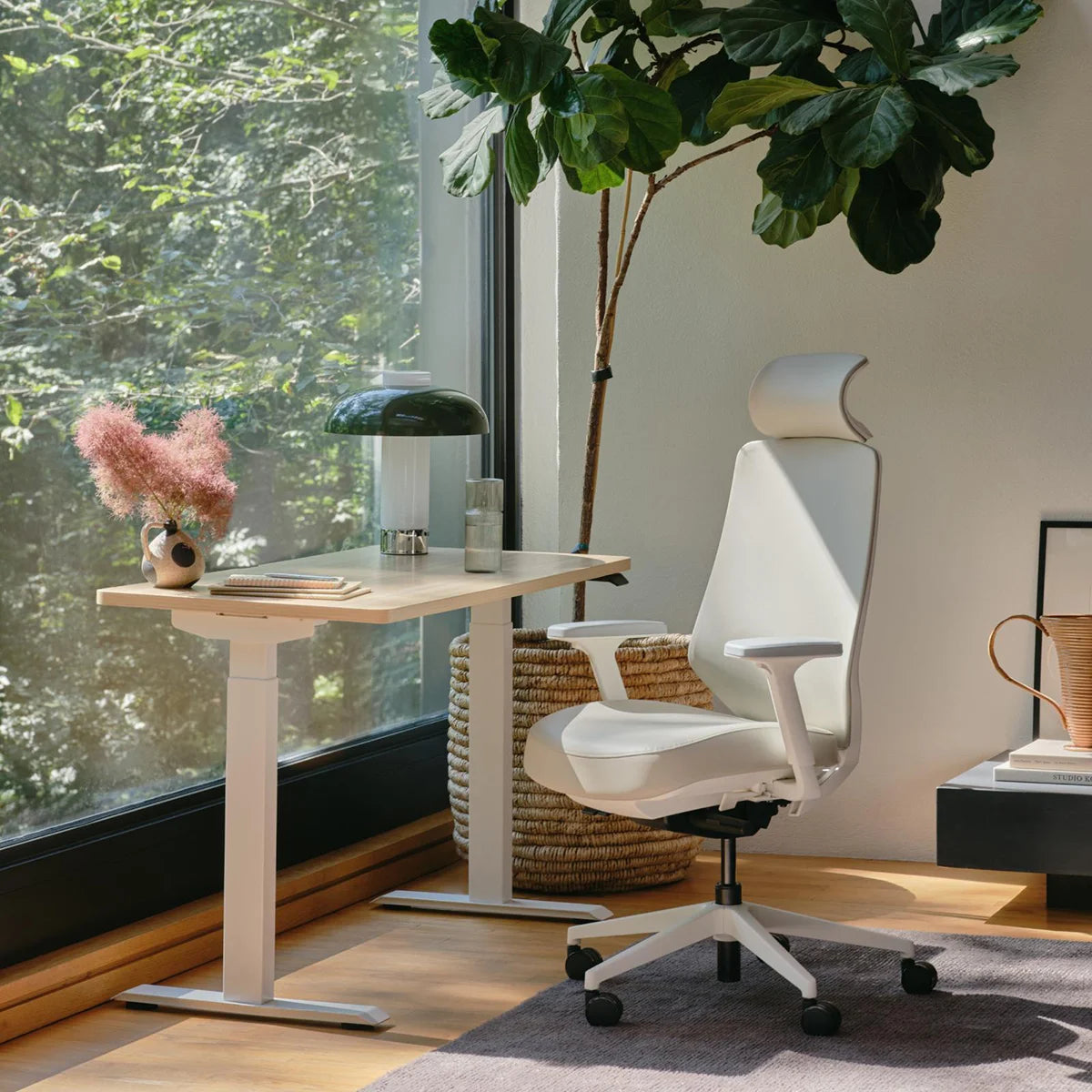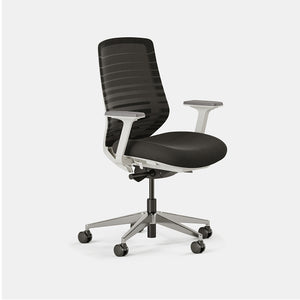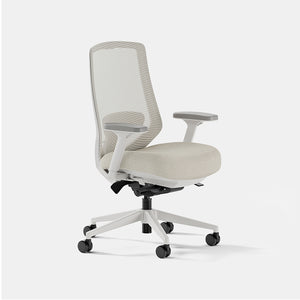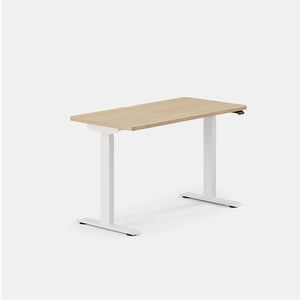Hybrid work environments are transforming business. As you plan your own, use this guide to maximize employee satisfaction and productivity.
Meet the Hybrid Workplace Model
- Flex: Employees can work at home during designated “flex” days.
- At-will: Employees choose when and where they work each day.
- Split-week: Employees split the week between onsite and remote work, often in alternating teams, to save on office space.
- Weekly: Employees alternate between onsite and remote work weeks, often in alternating teams to save on office space.
- Designated teams: You’ll choose which teams can work from home and which work onsite.
6 Hybrid Work Environment Essentials
1. Clear Remote Work Policy
- Reserving or finding workspaces (e.g., hot desking or hoteling)
- Which work arrangements are available to which teams
- Contacting business leaders, managers, team members, and human resources
- Reserving in-person conference rooms
- Reporting current work location or schedules to avoid confusion with other team members
- Check-in and communication requirements, and which programs to use
- Essential in-person meeting rules for hybrid and full-time remote employees
2. Real-Time Digital Communication
- Video conferencing and meeting room software (e.g., Zoom, Skype, or Google Hangouts)
- Messaging programs (e.g., Slack, Google Chat, or Discord)
- Email directories for your hybrid teams
3. Project Management Tools
4. Screen Recording and Sharing Software
5. Face-to-Face Gatherings
6. Ergonomic Office Equipment
- Increased productivity
- Improved quality of work
- Higher morale
- Reduced absences
- Fewer workplace injury expenses
Are You Ready for the Hybrid Work Model?
On new furniture, exclusive sales and more.














